Meyer Sound Milo, Meyer Sub 650P and Galileo package
€38,744.40
For sale a package of 16 x Used Meyer Sound Milo, 12 x Meyer Sub 650P 1 x Galileo and 2 x Top Grid/bumper in flightcase. Price is for the package.
Legacy That Still Leads: The Meyer Sound Milo, Meyer Sub 650P and Galileo Package
Meyer Sound Milo, 650P and Galileo Package
Before there was Leopard, Panther, or LEO, there was Meyer Sound Milo—a breakthrough in high-power, self-powered linear line array systems. Paired with the classic 650P subwoofer and a Galileo system processor, this package set the benchmark for modern live sound in the early 2000s—and many systems are still actively touring and installed today.
👉 Browse available used sets and refurbished packages at SASPhonik Shop
What Is the Meyer Sound Milo?
The Milo is a four-way self-powered line array loudspeaker, designed to deliver high SPL, stunning vocal projection, and full bandwidth output. Even by today’s standards, it remains an exceptionally capable large-format speaker.
Key Specifications:
-
3 × 8” cone drivers (midrange)
-
1 × 12” cone driver (low-mid)
-
1.2” exit compression driver (HF)
-
Frequency range: 60Hz – 18kHz
-
Peak SPL: 140 dB
-
Horizontal coverage: 90°
-
Self-powered with onboard multi-channel amplification
-
Weight: approx. 62 kg (137 lbs)
Its long-throw capabilities, phase-consistent coverage, and tour-grade reliability make Milo a trusted choice—especially for users who still demand analog warmth and serious SPL.
What About the 650P Subwoofer?
The 650P High-Power Subwoofer is a dual 18″ self-powered bass cabinet engineered for deep, musical low-end reinforcement.
650P Highlights:
-
Dual 18” drivers
-
Frequency response: 28Hz – 120Hz
-
Peak SPL: 138 dB
-
Self-powered with Class AB/H amplification
-
Vented enclosure for enhanced low-end extension
-
Weight: approx. 88 kg (194 lbs)
When paired with Milo, the 650P offers a solid, punchy foundation—great for everything from rock tours to electronic sets.
Galileo System Processor
No Meyer system is complete without precision processing. Enter the Galileo 616 or 408—a high-resolution loudspeaker management system.
Galileo Key Features:
-
6 in / 16 out (Galileo 616) or 4 in / 8 out (Galileo 408)
-
Multiple crossover filters, delay, and EQ tools
-
Compass™ control software for real-time management
-
Preset storage for fast recall
-
Integrates seamlessly with legacy and modern Meyer speakers
This processor ensures tight system tuning, quick deployment, and total control in the field or venue.
Why This Package Still Holds Up
Although newer models have hit the market, many professionals still trust and tour with Milo systems—because they:
-
Deliver stunning vocal clarity and HF throw
-
Handle loud, dense mixes with low distortion
-
Integrate perfectly with Meyer’s subs and processors
-
Offer a warm analog tonality missing in some newer systems
-
Are built like tanks—lasting decades with regular maintenance
Simply put, the Milo + 650P + Galileo combo still delivers world-class sound at a fraction of modern rig cost.
Ideal Applications
Despite its legacy status, this system is still widely used in:
-
Mid to large-sized concert tours
-
Festival stages and main rigs
-
Permanent installations in arenas and theatres
-
Houses of worship with live music programming
-
Rental companies with rider-ready requirements
With proper tuning and maintenance, the rig competes sonically with many newer options—especially in vocal clarity and low-end punch.
System Configuration Options
Deployment examples for a typical Milo rig include:
-
8 to 16 Milo elements per hang
-
6 to 12 650P subwoofers, stacked or split L/R
-
Galileo 616 or 408 for processing, delay alignment, and EQ
-
Optional fills: UPA-1P or M’elodie downfills or front fills
-
RMS or Compass for real-time system monitoring
With proper design via MAPP Online or MAPP 3D, this system delivers predictable, powerful results every time.
What Engineers Are Saying
“Milo still crushes it. I’d put it up against many newer boxes any day.”
— Touring FOH Engineer, Rock Production
“The 650Ps bring real punch. They’re musical—not just loud—and they blend beautifully with Milo arrays.”
— System Tech, Festival Audio Crew
“We’ve had Galileo processors in our racks for years. Reliable, precise, and rock-solid.”
— Venue Audio Lead, Performing Arts Center
FAQs
Is Milo still supported by Meyer Sound?
Yes. Meyer Sound still supports parts and service for Milo and 650P. Galileo remains in use worldwide.
Can this system be used with modern Meyer processors like Galaxy?
Yes. While designed for Galileo, Milo can also be tuned via Galaxy processors using current software and presets.
How heavy is a typical Milo array?
Each box weighs around 62 kg. A 12-box hang with rigging hardware can weigh over 800 kg, so plan accordingly.
Is the 650P flyable?
Typically, 650Ps are ground-stacked, but there are rigging options for suspended cardioid subs with Meyer hardware.
Can Galileo be controlled remotely?
Yes. Using Compass software, Galileo processors offer full networked control over gain, delay, EQ, and presets.
Does this setup still appear on tech riders?
Yes. Especially in legacy theaters, touring acts, and international markets, Milo still meets rider expectations.
The Meyer Sound Milo, 650P, and Galileo Package remains a legend in live sound—with performance, reliability, and warmth that many engineers still prefer over newer rigs. It’s a system that rewards proper tuning with huge sonic rewards, and its road-proven build continues to deliver night after night.
If you’re looking for a powerful, affordable, and professional-grade system with a proven track record, this classic trio won’t disappoint.
Be the first to review “Meyer Sound Milo, Meyer Sub 650P and Galileo package” Cancel reply
Related products
Audio
Audio
Audio

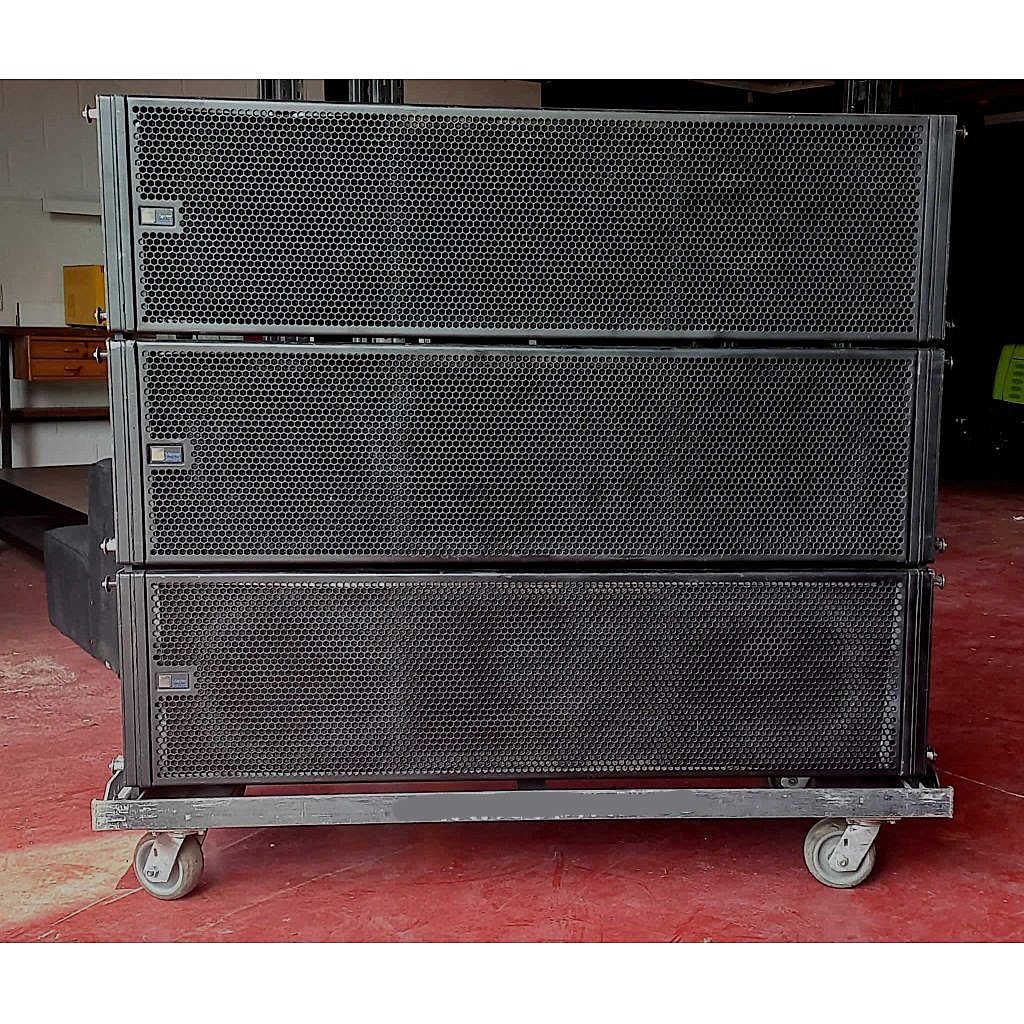

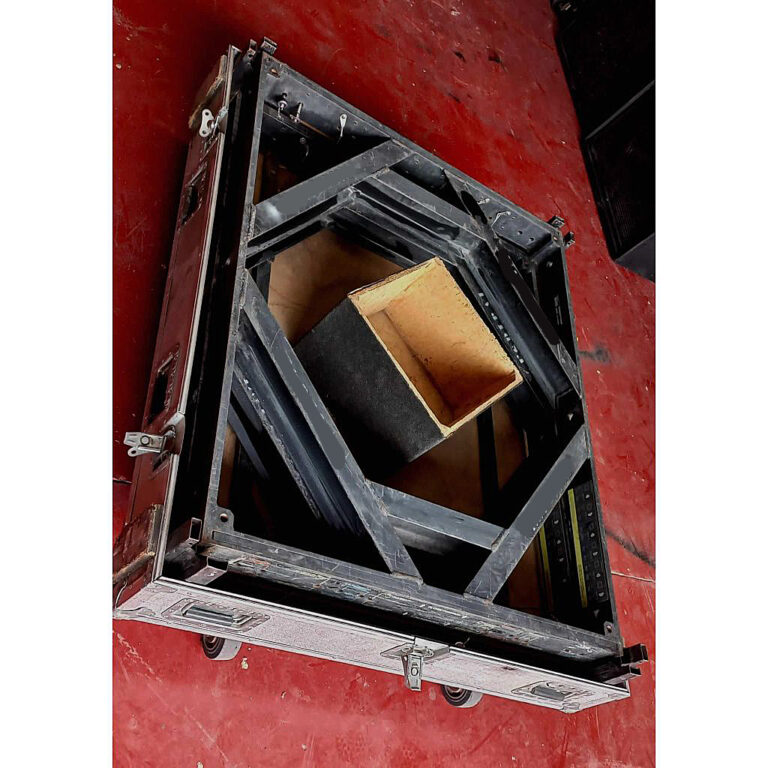
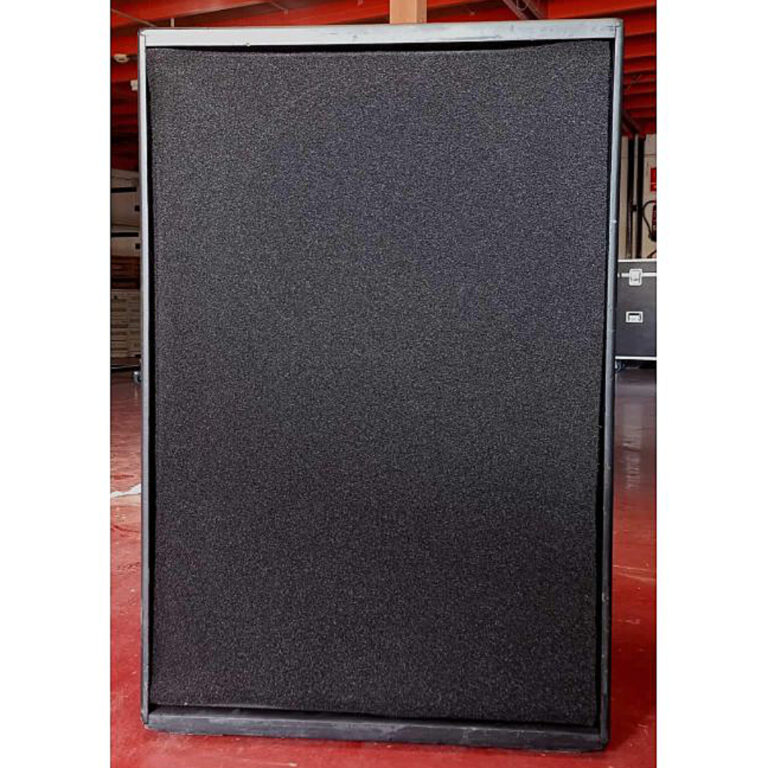
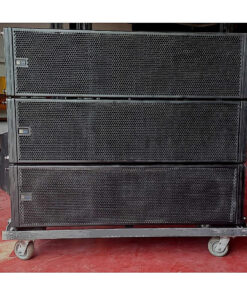
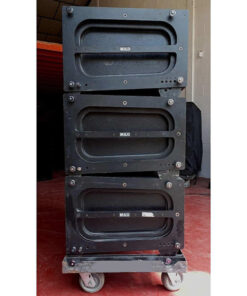
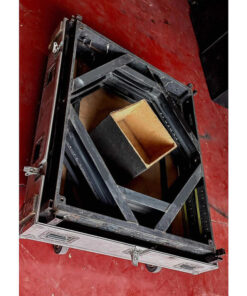
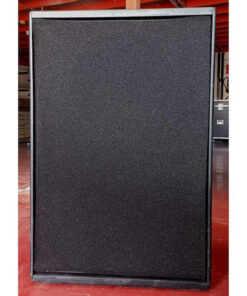

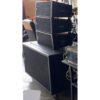













Reviews
There are no reviews yet.